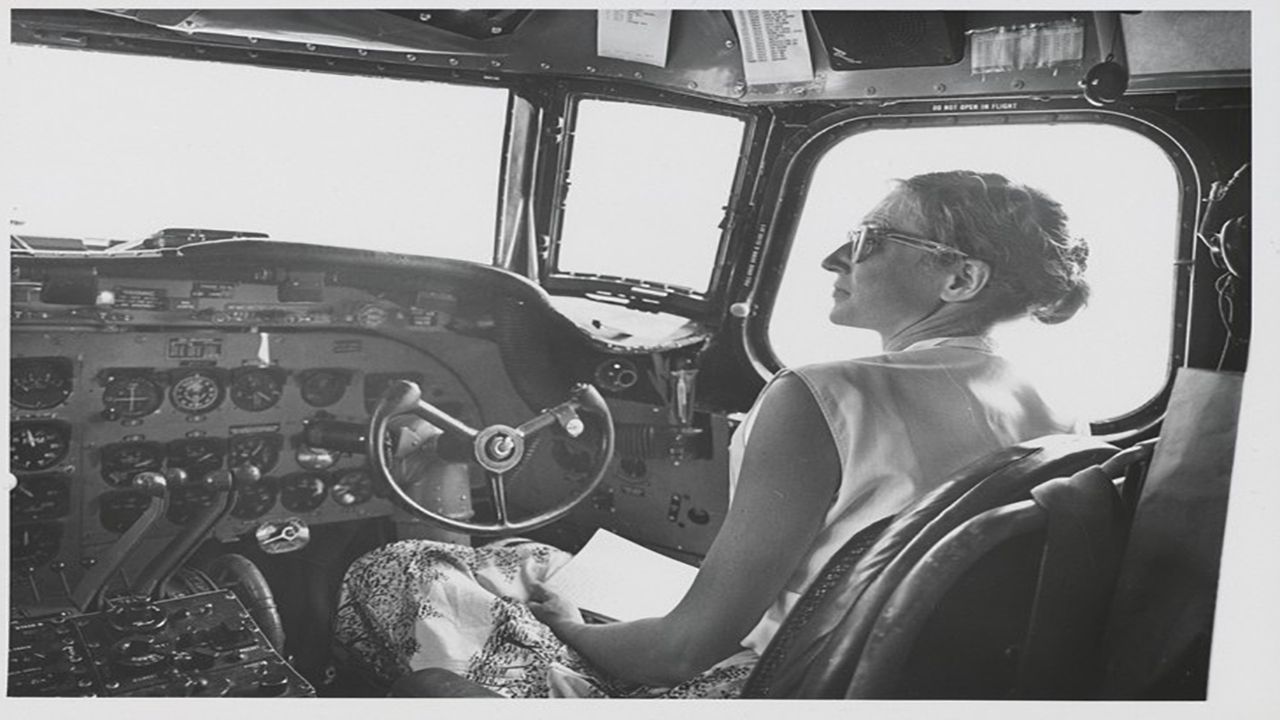As the first woman to receive a Ph.D in meteorology, Joanne Simpson is a top candidate to celebrate Women’s History Month.
Simpson’s father introduced her to sailing and flying at a young age, sparking her interest in flying and meteorology. When her father and mother divorced, tensions grew high.
Simpson was forced to live with her mother, and even though she wanted to go out and earn a living, her mother did not allow it.
These challenges during her childhood gave Simpson the drive to complete higher education and have a successful career.
Taking an unusual route for women in the 1940s, Simpson enrolled in the University of Chicago. After growing up as a student pilot, she took a meteorology course out of interest and was then asked to teach U.S. pilots about the weather during World War II.
This chain of events further grew her interest in meteorology, and Simpson ended up getting a Bachelor’s of Science degree in meteorology. Her love of education didn’t stop there. She got her master’s degree and then a Ph.D in meteorology, focusing her research on clouds.
Simpson made her first great discovery in the late 1950s when she and her former professor came up with an explanation of how the atmosphere moved heat and moisture away from the tropics to higher latitudes, eventually leading to information on hurricane behavior.
She later developed the first mathematical cloud model using a slide rule for the calculations, leading to a new field of study in meteorology. Once computers were available to her in the early 1960s, she developed the first computer cloud model.
Later down the road, Simpson took on the role of Chief of the Severe Storms Branch at NASA Goddard in 1979. This was followed by a teaching career at several institutes and then a lead job at NOAA’S Experimental Meteorology Laboratory in Miami, Florida.
She never stopped teaching or learning.
Simpson was nothing short of amazing and received several awards for her work, including the Carl-Gustaf Rossby Award (the highest honor given by the American Meteorological Society), a Guggenheim Fellowship and many NASA and Goddard awards.
She also served as President of the American Meteorological Society.
In 2002, she became the first woman to receive the International Meteorological Organization Prize.
Simpson's research will forever live as it is an important part of meteorological history.
Our team of meteorologists dives deep into the science of weather and breaks down timely weather data and information. To view more weather and climate stories, check out our weather blogs section.



